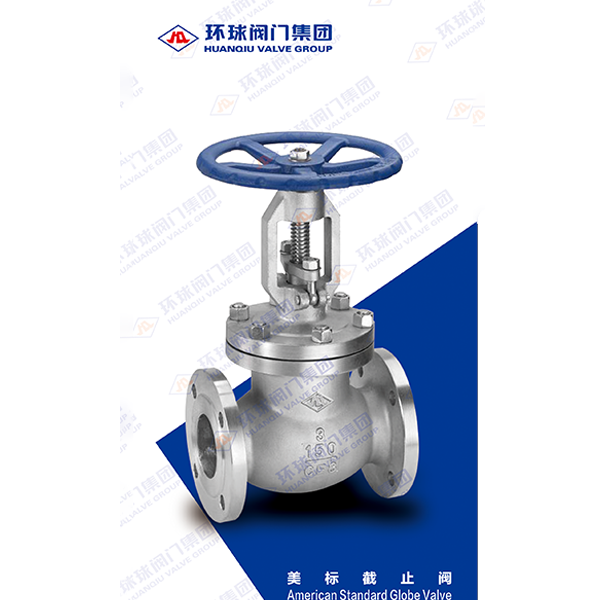
American Standard Globe Valve
Detailed product information1. A shut-off valve, as an extremely important type of shut-off valve, provides sealing by applying torque to the stem, which creates axial pressure, tightly pressing the sealing surface of the valve against the seat, prev...
Detailed product information
1. A shut-off valve, as an extremely important type of shut-off valve, provides sealing by applying torque to the stem, which creates axial pressure, tightly pressing the sealing surface of the valve against the seat, preventing the medium from leaking through the gaps between the sealing surfaces.
2. The sealing pair of a shut-off valve consists of the sealing surface of the valve and the seat. The stem moves the valve along the central axis of the seat in a vertical direction. Shut-off valves have a short opening/closing stroke, which facilitates flow control and is convenient for manufacturing and maintenance over a wide range of operating pressures.
3. Compared to gate valves, another common type of shut-off valve in industry, globe valves are simpler in design, which simplifies their manufacture and maintenance. In terms of service life, the sealing surfaces of globe valves are less susceptible to wear and damage, as there is no relative sliding between the valve and the seat during opening/closing, which significantly increases the service life of the sealing pair. The valve stroke when fully open/closed is less than that of gate valves. The disadvantage of shut-off valves is the higher torque required for opening/closing and the difficulty of quick response, as well as higher hydraulic resistance due to the winding channel in the body, which leads to significant pressure losses in the pipeline.
Product parameters
♦ Product standards: BS 1873, ASME B16.34
♦ Nominal pressure: 150LB-2500LB
♦ Nominal diameter: 2“-24”
♦ Body material: A216 WCB, WCC
A217 WC6, WC9, C5, C12, C12A, CA15
A351 CF8, CF8M, CF3, CF3M
LCB, LCC
♦ Operating temperature: -60℃-593℃
♦ Working media: water, steam, petroleum products, nitric acid, acetic acid, strong oxidizers, urea, and other media
♦ Connection method: flanged, butt welded
♦ Control method: handwheel with extendable stem, handwheel with non-extendable stem, bevel gear, electric drive, pneumatic drive
♦ Test standards: API 598, ISO 5208, BS 6364




